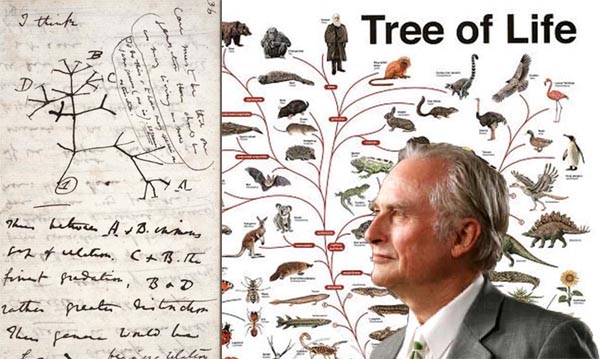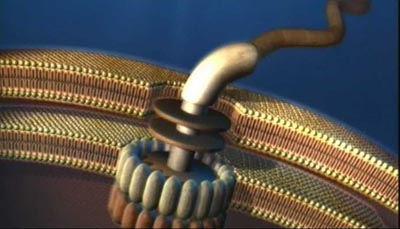From its inception Darwinian evolution had embedded in its very definition the seeds of its own destruction. There are actually a number of these seeds and Darwin himself recognized one of the more obvious ones that disprove evolution that was clear even in his day. But let me come back to Darwin since his refutation, which he himself acknowledged, has been pointed out many times. Instead let me start with Richard Dawkins, the famous atheist and evolutionist who, as pointed out in the title, has joined Charles Darwin in the ranks of evolutionists who, in their efforts to validate evolution, have actually decisively proven it false.
Following are four evolutionists, including Richard Dawkins, who have provided criteria by which to disprove evolution, showing it to be false. So, according to their own criteria, evolution is demonstrably false. Continue Reading



 The 19th century classic “Flatland” by Edwin A. Abbott is an allegory of the resulting social problems and intellectual impasse that results when a person who has been enlightened (and sees a truth beyond what’s normally possible in the physical realm) tries to present that truth to the unenlightened. Flatland is so named because it, and all its inhabitants live in a two dimensional world. When a 3 dimensional object – a being in the shape of a sphere – is introduced to a 2 dimensional Flatlander – a mathematician – the response of humans to revelations (by way of analogy) is on display.
The 19th century classic “Flatland” by Edwin A. Abbott is an allegory of the resulting social problems and intellectual impasse that results when a person who has been enlightened (and sees a truth beyond what’s normally possible in the physical realm) tries to present that truth to the unenlightened. Flatland is so named because it, and all its inhabitants live in a two dimensional world. When a 3 dimensional object – a being in the shape of a sphere – is introduced to a 2 dimensional Flatlander – a mathematician – the response of humans to revelations (by way of analogy) is on display.